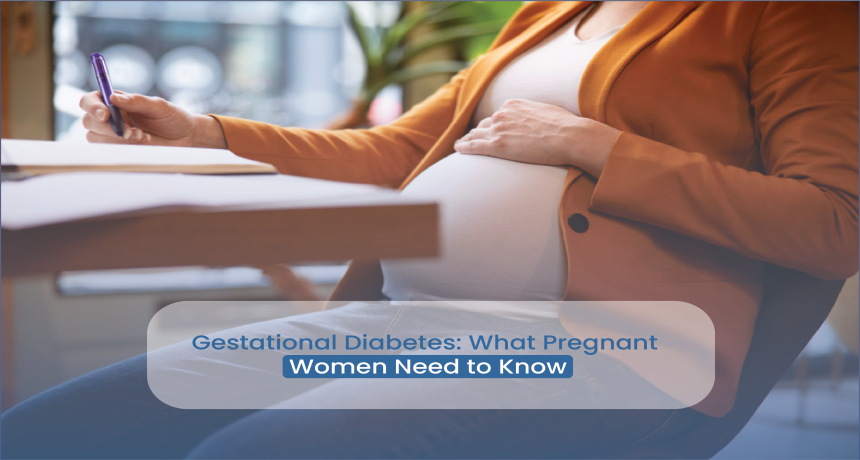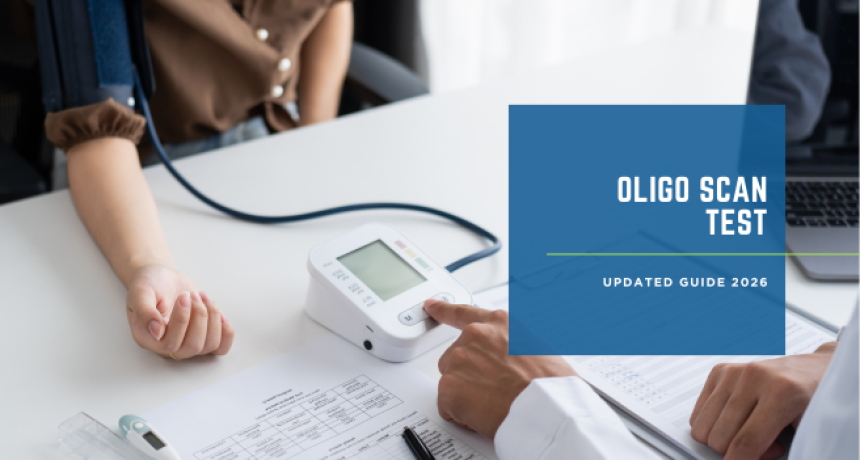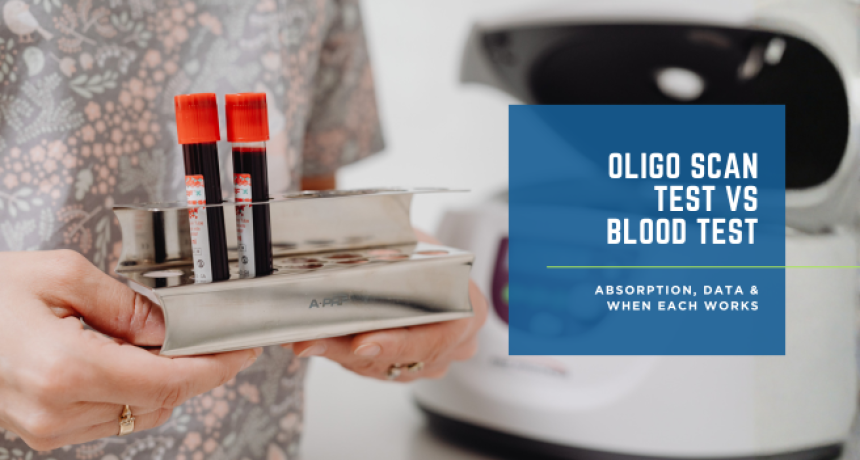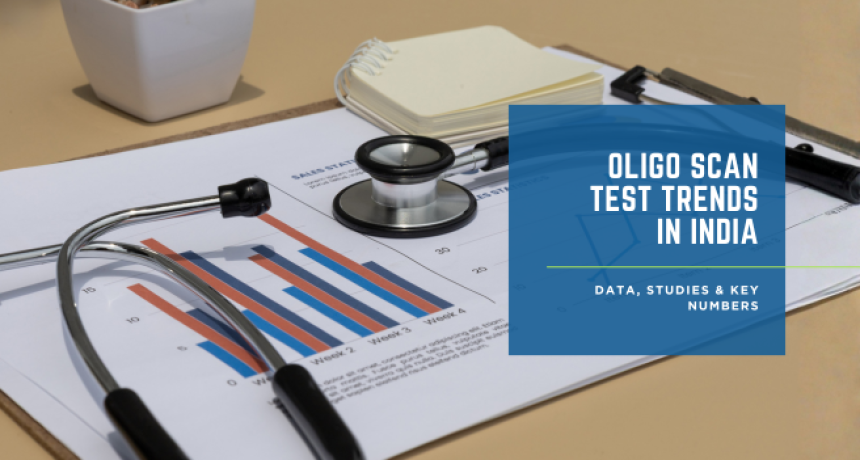Gestational Diabetes: What Pregnant Women Need to Know
2025-07-20 Pregnancy is such a wonderful journey, full of celebration, change, and in some cases, worry, even more so with your health. Gestational diabetes is one of the conditions that can develop during pregnancy. If you have recently found out that you have gestational diabetes, or if you are just starting to learn about it, you are in the right spot. Let's break it down together: what is gestational diabetes, what causes it, what are the symptoms, how is it treated, and what can you eat to keep you and your baby healthy? Gestational diabetes (GD) is a condition that develops during pregnancy, usually around 24 to 28 weeks of pregnancy. Different from several other types of diabetes, GD usually goes away after giving birth, but it is a serious condition that needs to be treated very seriously while you are pregnant. GD can be associated with your body being unable to properly use insulin. Insulin is the hormone that allows your body to use sugar (glucose) for energy. When insulin isn't working the way it should, sugar stays in your blood and then levels become too high. High blood sugar levels can cause problems for you and your baby. During pregnancy, your placenta releases hormones that facilitate your baby's growth. Some of those hormones may also block the effects of your body's responses to insulin, resulting in insulin resistance. If the body cannot produce enough insulin to overcome this resistance, your blood sugar increases, causing gestational diabetes. While anyone may be prone to developing GD, you may be at a greater risk if: You're over 25 You're overweight or obese You have a family history of diabetes You've had GD in a previous pregnancy You had a large newborn (greater than 9 pounds) You have polycystic ovary syndrome (PCOS) You belong to one of the at-risk ethnic groups (South Asian, African American, Hispanic, or Indigenous) Regardless of risk factors, your doctor will still likely screen you during pregnancy. A majority of women with GD will not see any symptoms; again, this is why testing is critical. However, some possible symptoms include: * Increased thirst * Frequent urination * Feeling tired or sluggish * Blurred vision * Nausea Since these symptoms can also be considered normal during pregnancy, a glucose-sreening test is typically done to rule out GD. Your physician will likely test you for diabetes using a glucose screening test between 24 and 28 weeks of pregnancy. There are usually steps for this process: You’ll drink a sweet liquid (similar to drinking a soda). After an hour, they will check your blood sugar. If it is high, they will also do a longer test called a glucose tolerance test, which tests how your body metabolizes sugar over a number of hours. Here are the target blood sugar levels for most women during pregnancy: Your doctor might give you different targets based on your personal health. The good news is that gestational diabetes is manageable - often without medication! The two main objectives will be to keep blood sugar levels in a healthy range and to keep both you and the baby healthy. Your management plan may include: Changing what and how you eat is one of the biggest parts of managing GD. Simple activities like going for a walk, prenatal yoga, or swimming can help your body utilize sugar better. You will likely monitor your blood sugar several times a day, usually by pricking your finger and using a glucometer. If diet and exercise do not work for your blood glucose levels, your doctor will likely prescribe either insulin injections or an oral medication to help manage blood sugar levels. Eating well doesn’t mean giving up all your favorite foods. It’s about balance, especially between carbs, proteins, and healthy fats. Here are some tips: Whole grains (brown rice, oats, quinoa) Vegetables (especially leafy greens and non-starchy types) Lean proteins (chicken, fish, eggs, tofu) Healthy fats (avocado, nuts, olive oil) Low-fat dairy (milk, yogurt, cheese) Fruits (in moderation, especially berries, apples, pears) Sugary drinks (soda, sweetened teas, juices) White bread, white rice, and other refined carbs Baked goods (cakes, cookies, pastries) Fast food and fried items Candy and chocolate (save it for occasional treats) Eat small, balanced meals throughout the day. Don’t skip meals, especially breakfast. Combine carbs with protein or fat to slow sugar absorption. It’s natural to worry about your baby, but with good care, most women with GD go on to have healthy pregnancies and babies. If GD isn’t well managed, it can increase the risk of: Large baby (macrosomia), which may lead to delivery complications Early delivery (preterm birth) Low blood sugar in the baby after birth Jaundice Higher risk of developing obesity or type 2 diabetes later in life That’s why managing your blood sugar and following your doctor’s advice is so important. In most cases, gestational diabetes goes away after delivery. But having it means you have a higher risk of: Getting gestational diabetes again in a future pregnancy Developing type 2 diabetes later in life Your doctor will test your blood sugar 6 to 12 weeks postpartum and again regularly to keep track. Staying active Eating a healthy, balanced diet Maintaining a healthy weight Seeing your doctor regularly Getting a diagnosis of gestational diabetes can feel overwhelming, but it doesn’t mean your pregnancy won’t be healthy or happy—with guidance from a trusted diabetes care clinic in Delhi like L&B Clinics. With a good care team, the right food choices, and some regular activity, most women manage it successfully and go on to have beautiful, healthy babies. Think of it this way: managing gestational diabetes is just another way you’re already taking care of your baby; even before they’re born. Remember: Gestational diabetes is a type of diabetes during pregnancy. Most women don’t feel symptoms, screening tests are key. A balanced diet, exercise, and monitoring are the main treatments. Proper management helps avoid complications for both mom and baby.What is Gestational Diabetes?

What Causes Gestational Diabetes?
Who Is at Risk? (Gestational Diabetes Risk Factors)
Symptoms of Gestational Diabetes
How is Gestational Diabetes Diagnosed?

Normal Sugar Levels in Pregnancy (Blood Sugar Chart)
Gestational Diabetes Treatment
1. Healthy Diet
2. Regular Exercise
3. Blood Sugar Monitoring
4. Medication (if needed)
Gestational Diabetes Diet: What to Eat
Best Foods to Eat:
Foods to Limit or Avoid:
Meal Timing Tips:
How Gestational Diabetes Affects Your Baby

What Happens After Birth?
You can lower your future risk by:
Final Thoughts
Most women go back to normal after birth, but it's important to follow up.
.png)















